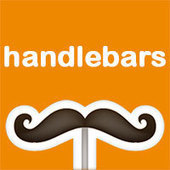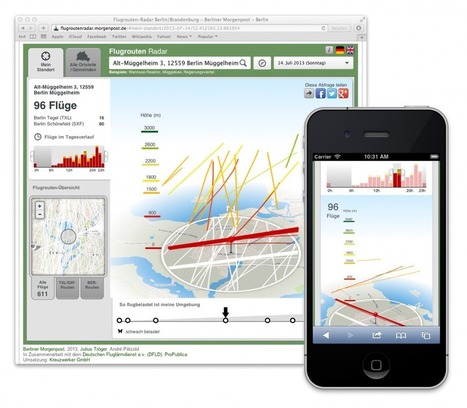(This is a Handlebars.js Tutorial and a Handlebars.js Reference)
This is a complete tutorial, and indeed a reference, on Handlebars.js templating and, principally, JavaScript templating. Handlebars.js is a client-side (it can be used on the server, too) templating engine for JavaScript. It is a JavaScript library that you include in your page just like you include any .js files. And with it, you can add templates to your HTML page that will be parsed and interpolated (values of properties inserted in place) with the values from the data you passed to the Handlebars.js function.




 Your new post is loading...
Your new post is loading...









